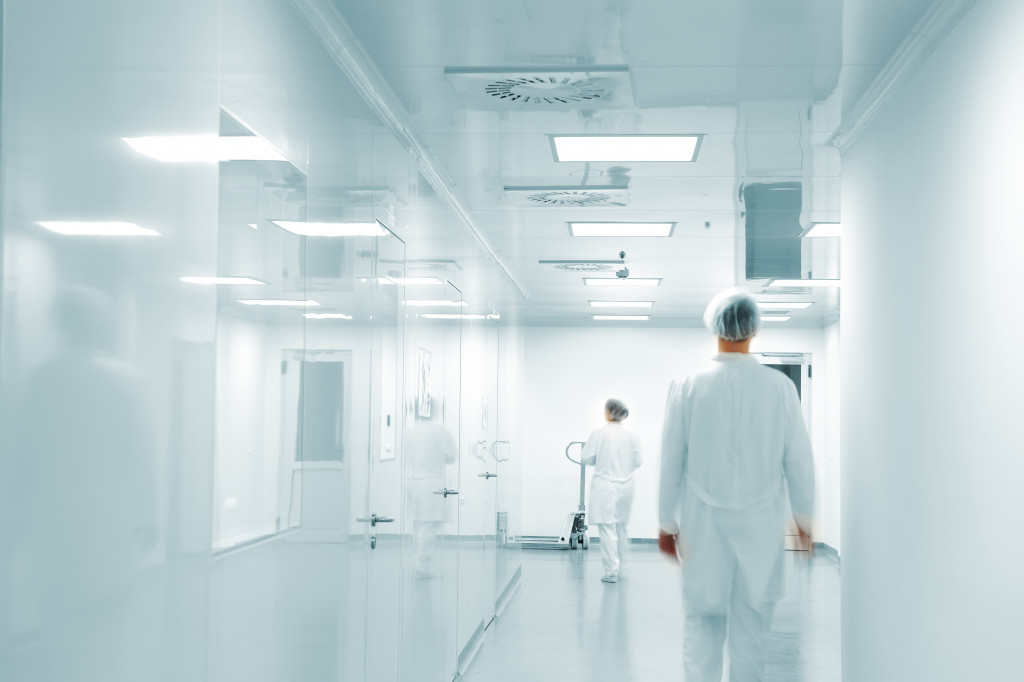- Cleanliness is critical in medical clinics to prevent Healthcare-associated infections (HAIs) from spreading.
- Unclean hands, poor surface cleaning, and inadequate disinfection can cause HAIs leading to millions affected and thousands of deaths yearly.
- Regular & routine cleaning schedules, training staff, using appropriate cleaning products, and regular inspections & sanitation processes are essential to maintain a clean and safe environment.
- Deep cleaning protocols are necessary for inaccessible areas. UV light technology equipment can destroy microbes.
Cleanliness is not just important; it is critical in medical establishments. Medical clinics must take cleanliness to the next level to ensure their patients are kept safe and healthy during their visits. Healthcare-associated infections (HAIs) affect millions worldwide, resulting in thousands of deaths yearly.
The survey found that unclean hands, poor surface cleaning, and inadequate disinfection procedures are the leading causes of HAIs. These infections can be transmitted through contaminated surfaces, equipment, medical devices, or even contact with infected healthcare workers. A Centers for Disease Control and Prevention (CDC) study found that healthcare workers’ hand hygiene compliance was consistently below 50 percent.
Medical clinics must ensure that their cleaning practices are up to standard to prevent the spread of HAIs. Here are a few steps to maintain a clean environment:
Routine Cleaning Schedules
To maintain a safe and healthy patient environment, routine cleaning schedules must be a top priority for medical clinics. Proper cleaning and disinfection of equipment, surfaces, and premises within a healthcare setting can help prevent the spreading bacteria and viruses that can cause infections.
There will be plenty of routines to consider, distributed in daily, weekly, and monthly routines. Here are some best strategies to follow for regular cleaning schedules:
Develop a Cleaning Protocol
It is crucial to develop a cleaning protocol based on industry best practices, as well as the specific requirements of your clinic. This protocol should outline the cleaning frequency, the types of cleaning products to be used, and the procedures to ensure that all clinic areas are cleaned thoroughly.
Train Staff on Cleaning Techniques
To ensure that cleaning is carried out effectively, providing staff with appropriate training on cleaning techniques is essential. Healthcare workers must know the proper cleaning and disinfection procedures for different medical equipment and surfaces.
Use Appropriate Cleaning Products
Using the right cleaning products for different clinic areas is critical to ensure that surfaces are properly disinfected. For example, a disinfectant cleaner with a broad spectrum of activity should be used on frequently touched surfaces, while a neutral cleaner can be used for general cleaning.
Regular Inspection of Cleaning Activities
Medical clinics must ensure that they perform regular inspections of cleaning activities. This can be done through a visual clinic inspection or by swabbing surfaces and equipment to check for bacterial contamination.
Sanitation Processes

In addition to routine cleaning schedules, sanitation processes are crucial in maintaining a clean environment in medical clinics. Sanitation refers to reducing or eliminating the number of microorganisms on surfaces, equipment, and instruments. This is especially important in medical clinics, where patients with weakened immune systems may be vulnerable to infection.
Sanitation helps to prevent the spread of infectious diseases and other adverse health conditions. Proper sanitation involves using disinfectants and sterilization methods to kill microorganisms on surfaces and equipment. Using disposable items, such as gloves, masks, and gowns, can also reduce the risk of transmission.
Medical clinics must have a well-defined sanitation process that outlines the frequency of use of disinfectants and sterilization methods. The process should also provide guidelines on the appropriate use of disposable items and proper disposal of biohazardous waste.
Keeping the clinic clean and sanitary is vital for patient safety and staff safety. Healthcare workers are at risk of exposure to infectious diseases when they come into contact with contaminated surfaces and equipment. Implementing proper sanitation processes can help protect healthcare workers from infectious diseases.
Deep Cleaning Protocols

Deep cleaning protocols are also essential for medical clinics. Deep cleaning goes beyond routine cleanings to remove visible dirt and dust from areas that may not be accessible during regular cleanings. This includes hard-to-reach places, crevices, and other areas that can harbor bacteria or viruses.
Deep cleaning procedures usually involve using specialized cleaning equipment and products to disinfect all areas thoroughly. This includes using UV light technology equipment, which can destroy microbes on surfaces without leaving any residue behind.
Final Thoughts
Medical clinics must take cleanliness to the next level by developing comprehensive cleaning protocols and sanitation processes that meet industry standards for safety and health. A regular deep cleaning protocol will help protect patients and staff from potential infections. Cleanliness is critical in medical clinics, so investing in good practices and putting patient safety first is crucial!
